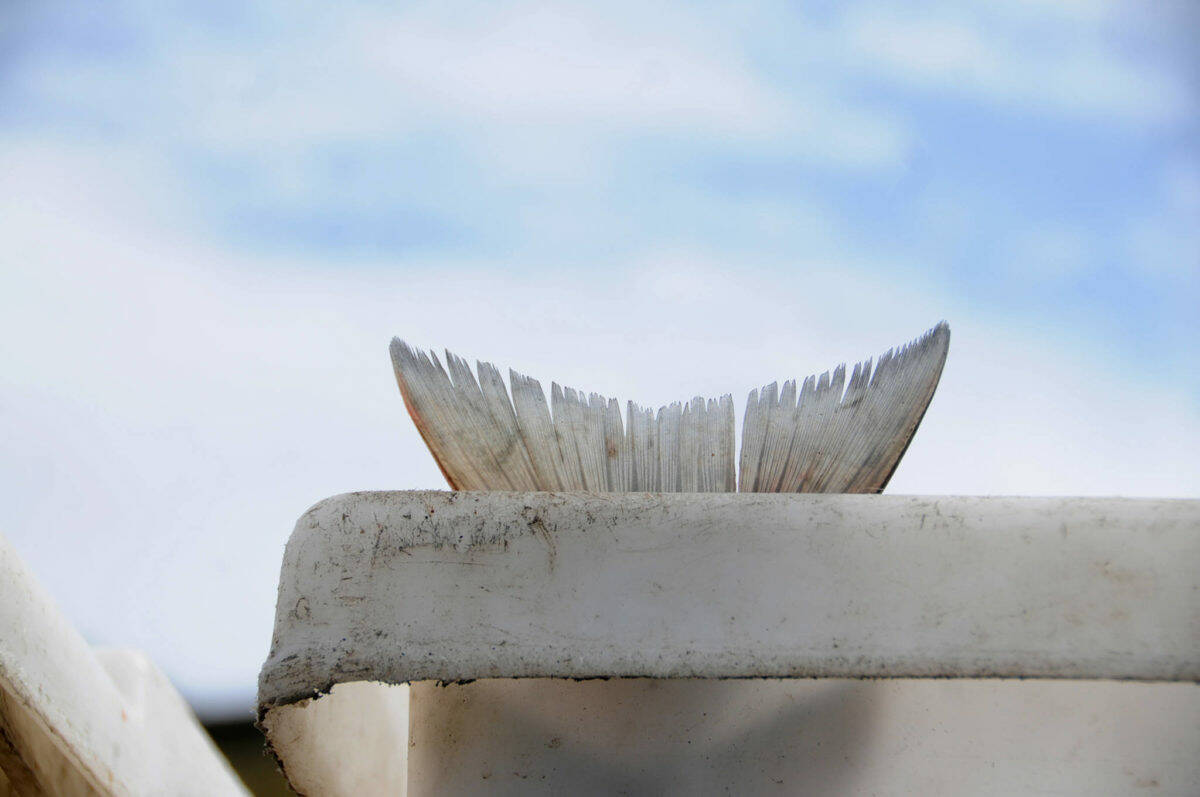Salmon runs in the Upper Cook Inlet are expected to be weaker than average this year, according to the 2022 commercial salmon fishing outlook released last week by the Alaska Department of Fish and Game.
The report states that a run of around 4.97 million sockeye is projected to return to Upper Cook Inlet, with about 2.97 million available for commercial, sport, personal use and subsistence harvest. For the commercial fishery in particular, the ADF&G estimates there will be around 1.4 million sockeye available — which is 1.3 million fish less than the 20-year average.
The sockeye outlook for the Kenai River is also “weak based on historical total run estimates,” the report states. This season, approximately 2.9 million sockeye are expected to run through the Kenai River, which is 21% less than the 20-year average.
In the Kasilof, the ADF&G projects the forecast to reach around 941,000 sockeye, which is 5% lower than the 20-year average, but 22% greater than the five-year average. In addition, the run in the Susitna River is expected to be 310,000 fish — 15% less than the 10-year average — and Fish Creek should see a 89,000 fish run, which is 3% greater than the 20-year average.
The full Upper Cook Inlet commercial salmon fishing forecast for the 2022 season can be viewed at https://www.adfg.alaska.gov/static/applications/dcfnewsrelease/1361148761.pdf.
Reach reporter Camille Botello at camille.botello@peninsulaclarion.com.

